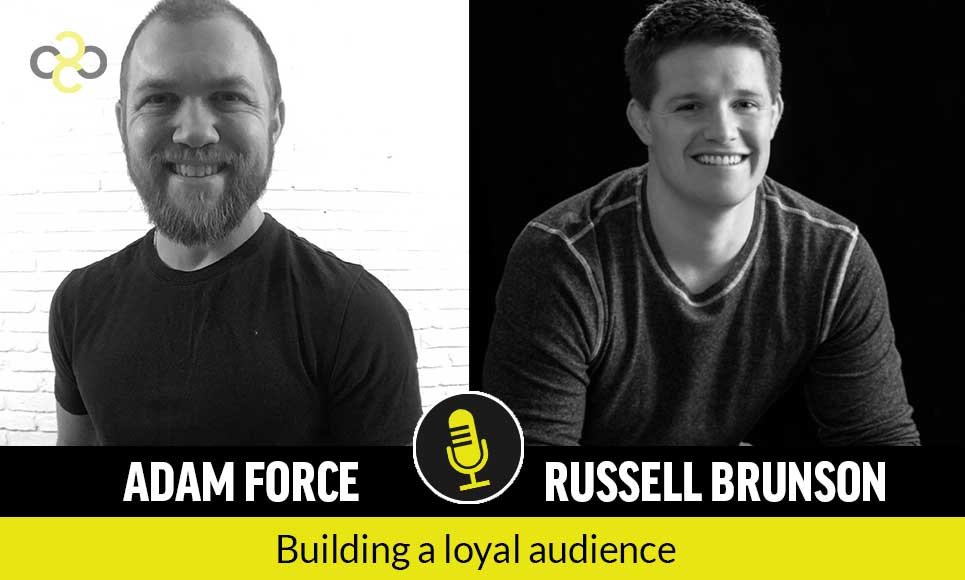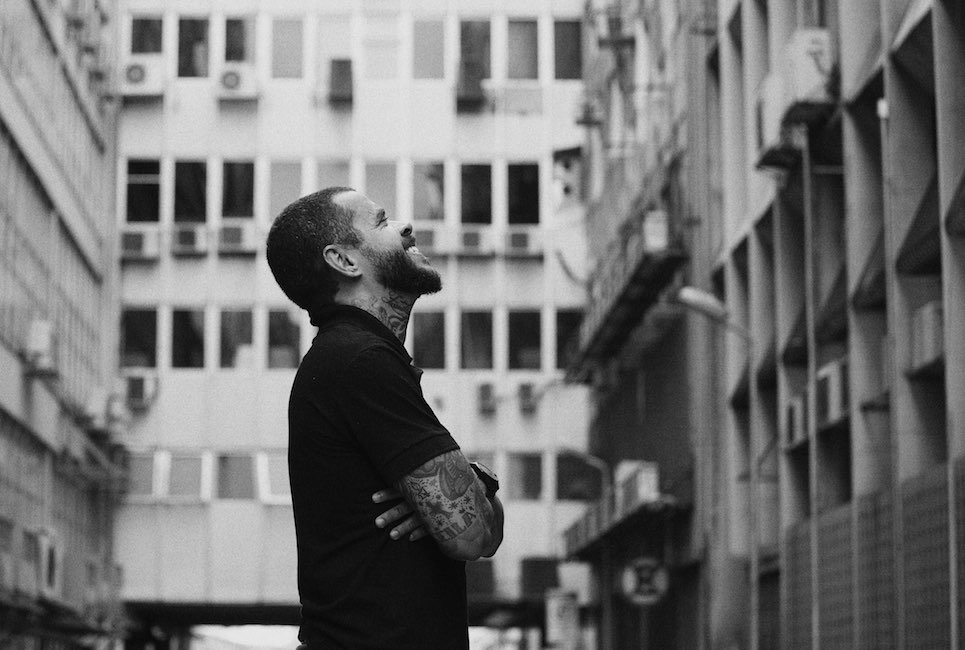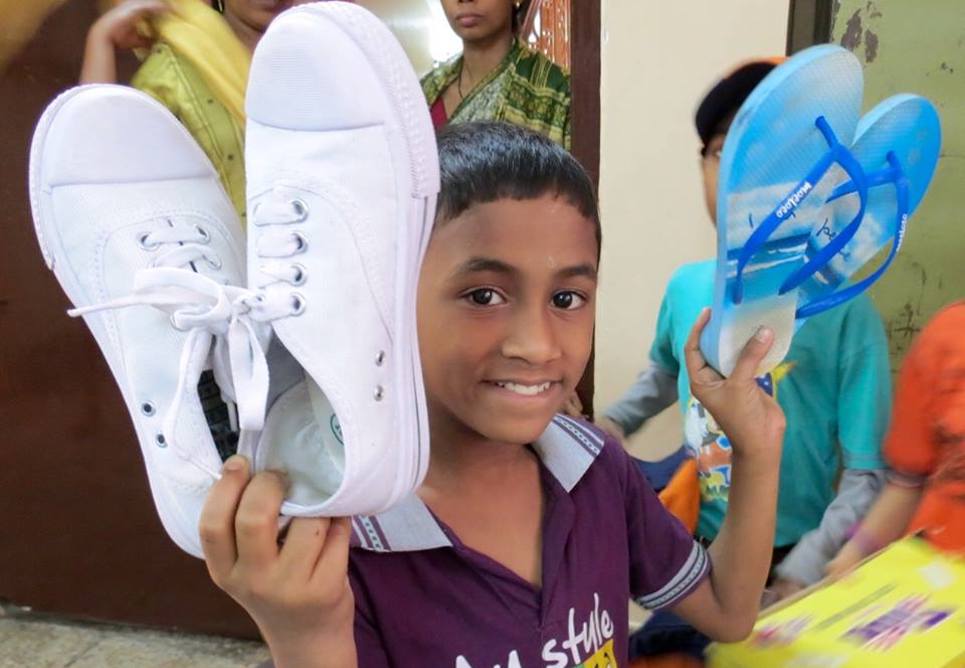In a previous article I went over ways for aspiring entrepreneurs to come up with social business ideas. Find your social business idea here!
That article focused on ideation, or creating new ideas from scratch, or else finding opportunity to reapply and reinvent old ideas. If you haven’t read that article, I encourage you to do so, as this one is a sort of continuation.
Social Entrepreneurship Ideas
I’m going to jump into more specific examples of where and how you can come up with social business ideas.
Don’t feel bound to this list! If you find your interests, passions, and ideas drifting in different directions, you owe it to yourself to explore your own ambitions. Many times the path to a great idea is winding and indirect.
Sometimes, you’ll have to “strike gold” to find a good idea. A bit of random luck can go a long way but won’t happen if you’re not at least looking.
That being said, there are steps you can take, including ideation, to increase your chances of success. I don’t want to spend too much time rehashing ideation for social business. However, there is one point that every social entrepreneur should uphold: know and respect the communities you are working in and the causes you are working on.
Where do social business ideas come from?
To be blunt, there are a lot of would-be Change Creators and do-gooders out there who have their heart in the right place but don’t understand their community and causes. As a result, resources are squandered and sometimes communities are harmed. As they say, the road to hell is paved with good intentions.
Another factor to consider is yourself.
What are your passions? Where do your talents lie? Can you align your talents and passions to improve a community or further a cause?
Is there an opportunity to bring market forces into play to support your efforts? If so, you may have a great social entrepreneurship opportunity at hand.
Look For Cross-Compensation Opportunities
With Cross-Compensation initiatives one group pays for a product or service. The profits of these products or services are then directed back to an underserved community. This way, those who can afford to pay end up paying. Meanwhile, resources are directed back to an underserved community.
Inequality has increased dramatically over the same several years. As Bill Kramer notes in his Change Creator article “The Regenerative Economy”, eight men now hold as much wealth as the world’s bottom 50 percent, and the top one percent own more than everyone else.
Fighting income inequality is a fantastic cause, and cross-compensation be an excellent tool because those who can afford to pay, will pay. Those who can’t can still get access to resources.
Often, those who pay won’t view the reallocation of their spending as a detriment. Just the opposite, they could be spurred to make a purchase precisely because they know their hard-earned money will be put to good use. As such, cross-compensation can become a part of your marketing and brand.
What does a cross-compensation social enterprise look like?
What would a cross-compensation social entrepreneurship business look like? Consider a restaurant. You start a restaurant and then donate 15% of your revenues to support soup kitchens and food banks. Customers who can afford to pay are treated to a great meal. Meanwhile, struggling families and individuals will enjoy greater access to resources.
Or perhaps you can build an educational app. Customers in Europe and the United States can pay for the app. Instead of pocketing the profits, however, you can fund technology and education projects in developing countries. There are many possibilities. As your business takes root, you can use your donations as a way to distinguish yourself in often crowded markets.
Find Ways to Connect Markets
If you’ve had the opportunity to travel to exotic and far-flung regions of the world, you may have come across some truly amazing local products, services, and other things. Is there a way to connect those resources with other markets? For example, let’s assume that a country is building up its eco-tourism market. You stayed at some truly awesome eco-lodges, participated in awesome local community-building projects, and various other activities.
Is there an opportunity for you to connect markets? Even simply spreading awareness of the eco-tourism opportunities you enjoyed could be making a difference. Even a simple post on social media would help.
Never underestimate the impact of social media.
Never underestimate the impact of social media. Michael Berean explores social media’s impact, from real-time emergency response to digitizing donations, his article “The Power of Social Media Tech During Times of Need”. You can read about it in the Change Creator Magazine, issue #12
Have Some Business Acumen Behind You
How about building an actual business?
Can you create an app that helps backpackers and other travelers find great ecologically friendly places to stay? By doing so, you may be able to greatly help the local community or organizations, generating revenue growth and perhaps kickstarting the local eco-economy.
Of course, connecting markets can mean a lot of different things. Perhaps while hiking through central America you stumble across an amazing coffee farming co-op. Can you plug that co-op in with bean roasters back home?
Speaking of apps, how about Atlas, they developed a running app that supports important causes and were able to raise funding for their program. You can read about them in issue #11 of Change Creator Magazine.
 Turn Existing Businesses Into Social Enterprises
Turn Existing Businesses Into Social Enterprises
Starting a social enterprise doesn’t necessarily mean reinventing the wheel. Of course, if you do find an opportunity to do something all-new and never done before, go ahead and pursue it. However, another route is to look at already established business models to see if there is a way to establish a social enterprise based on the same (or similar) models.
Consider grocery stores. They have been around for years and years. In the United States alone there are roughly 40,000 grocery stores. How about building a sustainable grocery store that sells all-natural foods, is powered by solar panels, and focuses on selling local produce and other goods? There’s nothing particularly groundbreaking about this concept, but the sum impact could be substantial.
The same is true with many different business models. Perhaps you’re a business skill coach, helping everyone from junior employees to CEOs with a variety of personal and leadership skills. Fantastic. Now how about setting up workshops for disadvantaged communities, such as refugees, to teach them basic business skills? Better yet, maybe you can find corporate sponsors. Perhaps a department store chain will help pay for the events, and in exchange, you could refer potential employees?
There are so many ways to turn existing businesses into social enterprises that this list could go on near infinitely. Think about your own consumer habits. What do you like to do? What do you like to buy? Now, can you add social aspects in unique ways to create value for communities and causes?
Another option is to get existing, non-social enterprises to donate goods and services. Many companies would be willing to donate resources, such as software and computers, but they need a social entrepreneur to help out. Consider “TechSoup”, which works with software companies to donate software and hardware to nonprofits and other organizations. TechSoup also provides other forms of technical assistance, such as training. You can learn more about TechSoup in “Powering Up Social Impact” in issue 7 of Change Creator Magazine.
Don’t Forget Digital Opportunities
A lot of social entrepreneurs love getting their hands dirty. Get out in the community, live there, get to know the challenges first hand. This is fantastic, and to the greatest extent possible, social entrepreneurs should get hands-on experience. However, this “on-the-ground” approach often results in a perhaps too intensive approach to creating physical products and solutions.
The Internet, smartphones, and other tech devices have emerged as very powerful tools in recent years. Just ten years ago, if you needed a ride somewhere and didn’t own a car, you’d have to hail a taxi. Now, you can dial up Lyft or another rideshare right on your phone and get a relatively cheap ride.
A lot of people looking to help a community will focus on physical solutions. Let’s say you want to provide employment skills to a disadvantaged community, such as single mothers. Holding classes at the local neighborhood center is great, but what if mom can’t come because of her work and family schedule? For single moms, time is often in short supply. How about developing some Youtube videos that mom can watch on her phone or computer? Even if she has to go to the library to access a computer, she will have more flexibility than if you just held physical classes.
This is a really simple idea and one that you can implement even if you’re not all that technologically savvy. If you happen to have more well-developed tech skills, you should consider developing an app. What about creating a carpooling rideshare program where people can provide free rides to disadvantaged people on their way to work?
So you want to change the world? Congrats on your ambitions. Market-driven social enterprises are proving to be a powerful force for change. Each and every day, social entrepreneurs are working to make the world a better place. With the right idea and a healthy dose of commitment, you can join their ranks. But first, you need to come up with that “right” idea. So, here we go Here is how to find ideas for your social enterprise that you’ll want to pursue!
Discovering Your Passion is Not Enough
Passion and a desire to help is great. However, by itself, these factors are not enough. If your social enterprise is going to succeed, it has to be grounded in the real world, and specifically the markets and local communities you want to work with.
Passion is an important part of the equation but to succeed in scaling an idea and creating a good lifestyle, you also have to know your competency and market.
There’s no sure-fire process to generate a great idea. However, there are some steps you can take to make your brainstorming sessions more productive. There are also some tried and true methods you can use to test your idea to see if they are viable. Before we get into that, let’s talk about how to approach an idea in the first place.
My approach with this article: Develop the methods to create new ideas first!
I’m going to approach this article from an “ideation” standpoint. In other words, I’m going to help you try to develop methods to create new ideas and solutions. However, this glances over another way to find ideas: borrowing. You should never steal someone’s intellectual property, but you can take tried-and-true methods and products and then apply them in a new community or in a new way.
How about setting up a local farmer’s market? Or a zero or low-waste grocery store or restaurant? Maybe your restaurant could donate some or all of its profits and unused food to soup kitchens? These ideas aren’t 100% new, but they could make a big impact in a community.
Related: The Beginner’s Guide to Starting a Social Business
Start By Considering The Community
So how should you start with coming up with an idea? First, don’t start with your own wants or needs. Sure, you can and will have your own areas of expertise and interest. Yes, you should leverage these assets. However, if you want to help a community, that community has to take precedence. How can you use your skills to help the community?
The best social entrepreneurs know the communities they are trying to help. If your social enterprise is people focused, meaning you want to directly help people, it’s important to understand the local community. Many charitable efforts, international development projects, and social enterprises have failed, or worse, cause harm, because the people in charge didn’t understand the community.
On the flip side, those leaders who understood the community they were working with have been able to maximize the impact. They understood the community, its needs, its wants, and local conditions. By understanding these factors, social entrepreneurs can craft solutions that will both address local needs and will be adopted by the local community.
Related: Uncovering 5 Marketing Lessons from Lucky Iron Fish
If You Don’t Know Your Community You’ll Struggle to Create Change
One of the Change Creators featured in our magazine, Makana Eyre, was working on a project in Cairo. The idea was promising: through Ashoka: Innovators for the Public his team would provide local women with entrepreneurship skills training. As the old saying goes: Give a woman a fish, and you feed her for a day. Teach a woman to fish, and you feed her for a lifetime.
So they set up an entrepreneurship training class, reached out to the community, and invited participants to come to a scheduled training class. No one showed up. Why? Turns out that her team never bothered to ask the local women what times would work best for them. The time they had picked for the training session conflicted with bus schedules, local norms, and other factors.
Fortunately, the solution for this problem was pretty straightforward: communicate with the community and find out what times work best. Gather a bit of data, then act on it. However, keep in mind that the consequences can be direr than simply rescheduling a training workshop. Organizations that don’t understand the local community and conditions can waste vast amounts of resources.

Consider the 2004 Asian tsunami, which claimed a quarter million lives and destroyed ocean-side communities across South East Asia and Africa. The devastation sparked one of the largest humanitarian relief efforts in history. Unfortunately, much of the money, resources, and effort was wasted.
For example, companies and organizations sent countless boats to Indonesia, Sri Lanka, and elsewhere, intended to replace destroyed fishing fleets. Many of the boats simply rotted away on beaches because they were not fit for the South Indian Ocean and other Asian waters. They were too small for fishing and for the local water conditions.
The list of other failures is too long to recount, but the primary source of failure isn’t hard to pick out: many of the organizations trying to help did not understand the local conditions.
Related: 5 Things That Will Kill Your Social Enterprise Startup
Travel to That Community and Submerse Yourself to Get Ideas
So how can you actually get to know a community? Or don’t know which community you want to help? Consider traveling to one. Of course, not everyone has the money or ability to simply pick up and move to a foreign locale. However, communities don’t have to be far away and exotic. There are almost certainly nearby communities that need your help.
Are their local refugee communities? How about soup kitchens, or homeless shelters? The world is full of need. You can find a community to help right in your backyard. Often, it will be a bit easier for you to help these communities because on some level you’re likely familiar with them.
Even if you don’t have an idea right now, as you get to know your community the gears will start turning. You may stumble across ideas on your own, or you might find an organization to team up with. Often, members of the community can share their needs, and even offer solutions to fix them. They might lack resources and skills, but perhaps you can help them find the needed inputs.
Identify Needs and Potential Solutions
By now, you know that the community is important. Consider different communities. Often, it’s best to start with communities that you already know very well. If you’re based in New York City, perhaps it’s best to first focus on the local community rather than a far-flung one that you don’t know or understand.
When it comes to selling in markets, your good or service will need to solve a need or address a want. Many social entrepreneurs focus on “needs” rather than wants. Usually, needs are simply more pressing than wants.
A need can be thought of as a challenge or problem that must be addressed. If left unaddressed, conditions will worsen. So consider the problem you want to address. You can start at the highest level. For example, “I want to help poor communities in New York City.” The challenge is poverty.
Now, ask yourself why? Why are people poor? Why is that a problem? Generally, people are poor because they lack access to a good income.
Maybe they lack the education needed to secure a high-paying job. Maybe they are elderly or handicapped and cannot work? On and on the list goes. How can you address such problems? Community training programs? Educational apps? Assistance for those in need? Where can you get that assistance? Perhaps by taking food that’d be thrown away and delivering it to the doors of the elderly?
After you understand a community, you can identify needs, and then you can come up with solutions. Make sure you talk with community members. They might know of solutions. And they might know of challenges that you haven’t seen yet.
Keep The Market In Mind
The market has proven to be one of the most powerful forces for good in history. Simple economics dictates that good ideas will succeed and bad ideas will fail. Charities sometimes run into trouble because they do not necessarily respond to market forces. Donors can and will fund bad ideas.
Social entrepreneurs, however, can and must embrace the market. If your goods or services are failing to drum up interest, you need to revisit them and make sure they are addressing the local community. Something isn’t working. It might be that your marketing campaign simply isn’t effective. Why? Are you misunderstanding the community? For example, you might be trying to reach out to a Latino community, but your adverts are in English.
On the other hand, the product or service you are selling might simply not be addressing the pains and meeting the wants and needs of the local community. You’ll be able to know by measuring market adoption rates. Are people buying your product or service?
Related: The Most Sacred Gift You Can Give According to Tony Robbins
Look At Existing Products and Identify Social Aspects
The modern market economy has generated a tremendous amount of technologies and solutions. Most of these were driven by a pursuit of profit. As a result, many technologies and solutions lack a true social aspect. Can you take an existing business solution and add a social element? If so, you may be able to launch a social enterprise without needing to reinvent any wheels, and without having to open up new markets.
Further, you might even be able to find businesses will to invest in your social endeavors. Not only that, but you may even be able to draw in some talented private market talent that can provide a lot of skills. Consider microlending programs, including those run by the Grameen Foundation, that provide cash-poor people with access to funds. These funds can help them break the cycle of poverty by allowing them to invest.
The people who started these funds, such as Grameen founder Muhammad Yunus, didn’t do anything overly revolutionary. The idea of lending to people has been around since the earliest days of money, and even before. Yet Yunus and others realized that cash-poor people often lack access to traditional lending institutions.
By offering a new model they were able to extend lending to these communities. In turn, this allowed the communities targeted to invest in and uplift themselves.
Another great example is Yvon Chouinard, the founder of Patagonia. Chouinard realized that his steel pitons were damaging rock-climbing surfaces. So Chouinard decided to create sustainable climbing gear, and thus Patagonia was born. You can learn more about Chouinard on the Patagonia website.
Addressing “Small” Problems Can Make a Big Difference
The challenges you take on don’t have to be grand. Environmentally friendly climbing gear is the type of idea you’re likely only to discover if you’re part of the mountain climbing community. The average person might not even be aware of the challenges posed by gear that isn’t environmentally friendly.
Just the same, you might find solutions to seemingly small or niche problems. That’s a fantastic place to start. By taking on smaller problems, you might tackle issues that people aren’t even aware of, or don’t think is worth their time to address. However, if you’re solving a challenge and making the world a better place, it’s worth the effort.
Next Steps: Getting Your Ideas Off The Ground
Rather than concluding with the usual summary, let’s consider how you can bring your ideas to life. Makana Eyre outlined “Five Things That Could Kill Your Startup Social Enterprise”. Along the way, he also outlined some great tips for getting your social enterprise rolling.
First, get your idea down on paper.
If you followed the above steps, you have hopefully identified needs and potential solutions. Now it’s time to start refining your ideas, considering concrete solutions, challenges, and other factors.
Next, start building a team.
As Makana notes, it needs to be balanced. You need both visionaries and business experts and people with technical skills. From there, you have to check your assumptions. I can’t do Makana’s work justice in a few sentences, so make sure you check out his article. Point is, coming up with an idea is great, but once you have an idea you have to get it rolling, or it’ll just waste away.
Listen to examples of others you can learn from.
There’s nothing quite like the learning that comes from others who are on the ground, doing what you want to do. If you are just starting your journey, you need to learn all that you can from others who have been there, done that. That’s why we created the Change Creator Podcast series. Adam Force goes deep into how these amazing Change Creators started their companies, where they discovered their ideas and many, many lessons on how they grew their companies as well. I strongly encourage you to get listening! Podcasts are great on long drives, or Sunday afternoons, just fyi!
Read more in-depth examples of social impact leaders in Change Creator Magazine!
Conclusion: So Many Ideas and So Many Places and Ways to Find Them
This list is far from exhaustive. Wherever markets are at play, there is likely a social business or angle opportunity. Rather than worrying about specific ideas, take some time to step back and look at both yourself and the market. Figure out where your passions lie. Figure out what your skills truly are. Then, examine the market for opportunities to use those skills and passions to create change and to produce profits.
Remember, the market is the social entrepreneur’s friend. Markets determine which ideas and opportunities are viable and profitable.
Profits, meanwhile, can be used to generate positive change.
However, make sure you don’t sell out your causes and communities in the name of profits.
Your causes and communities should always take precedent.
Our list of social business ideas to further inspire you! Let the ideas flow!

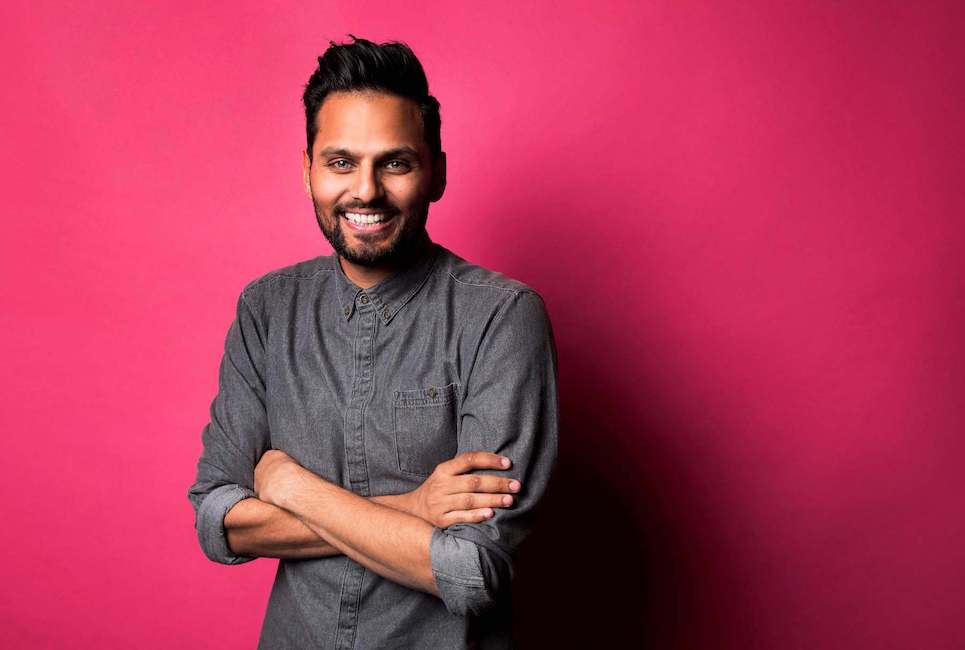



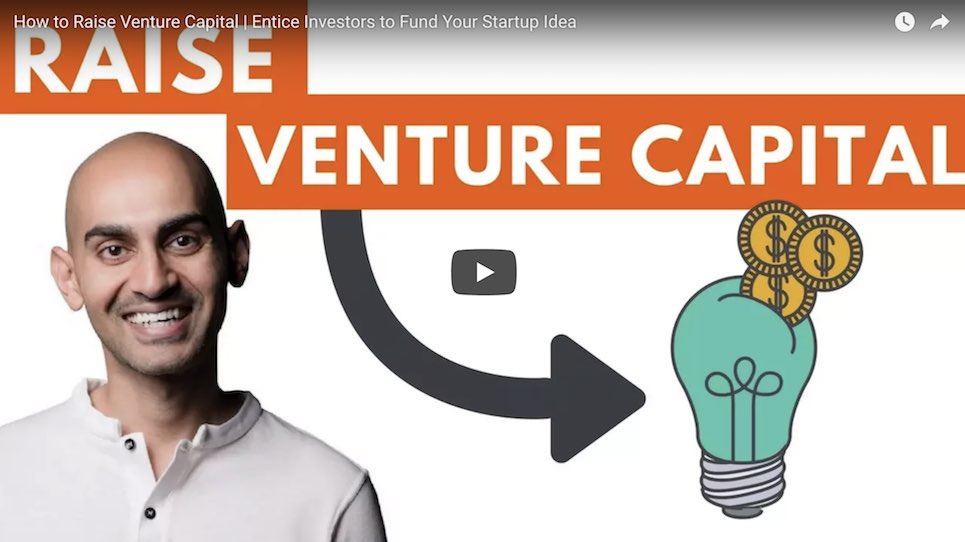
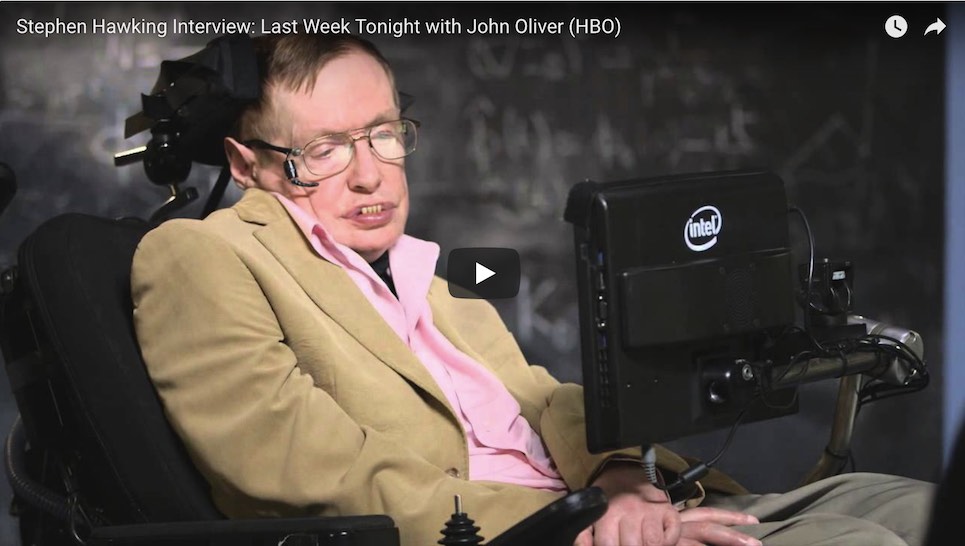


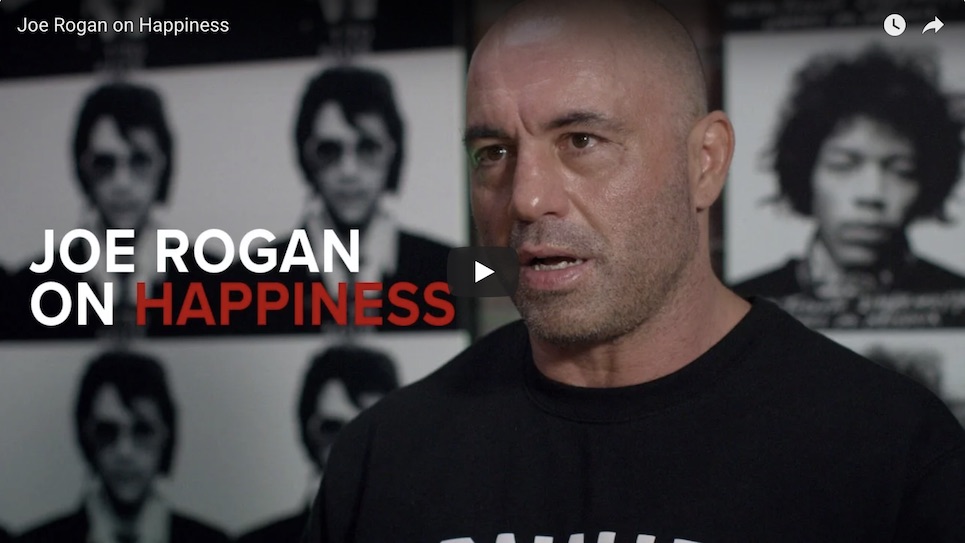
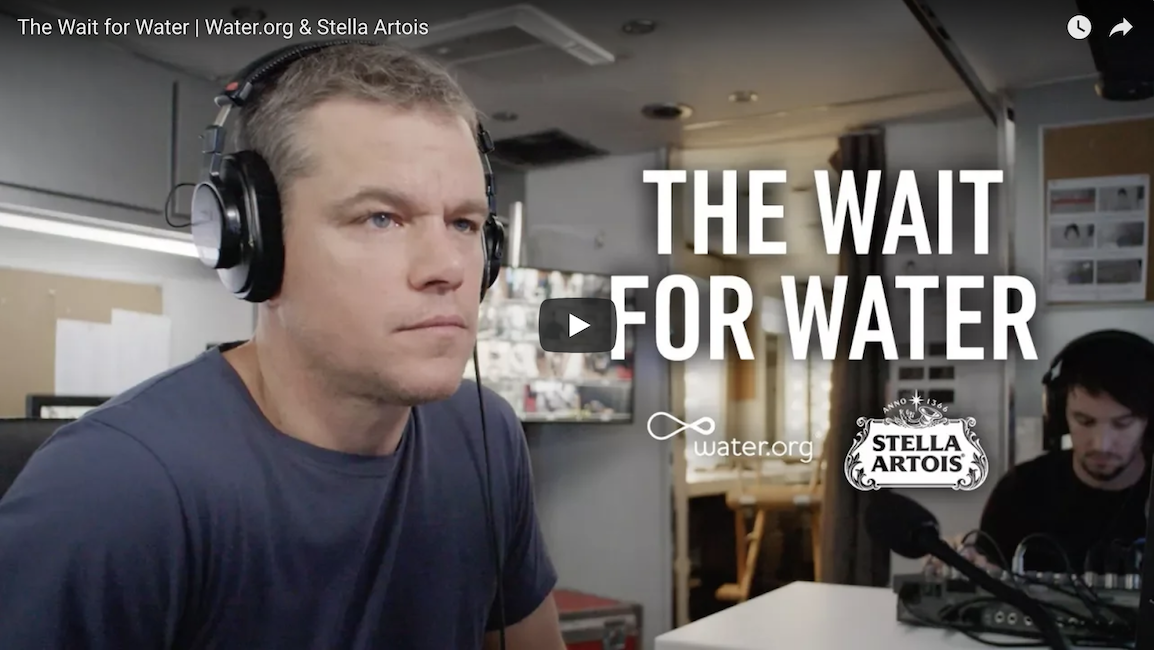
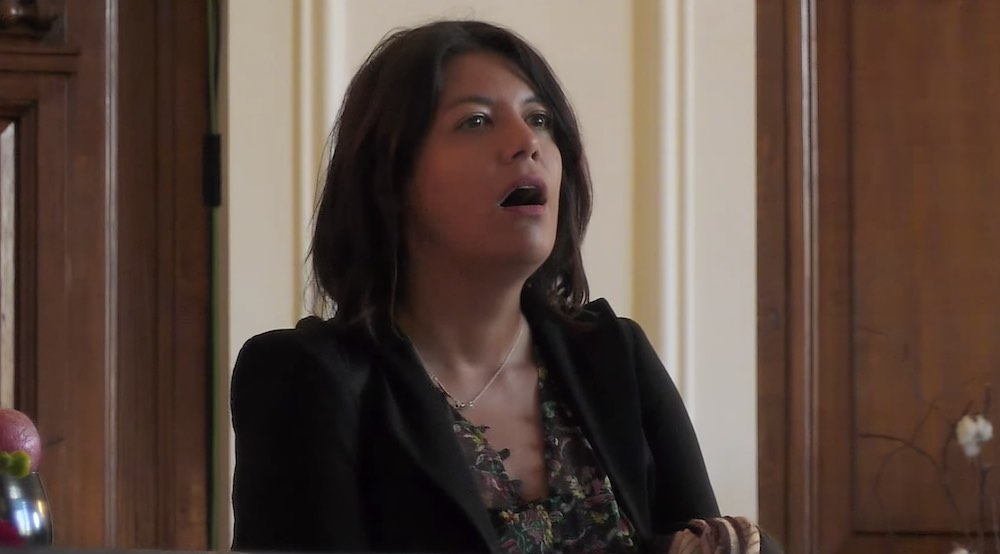
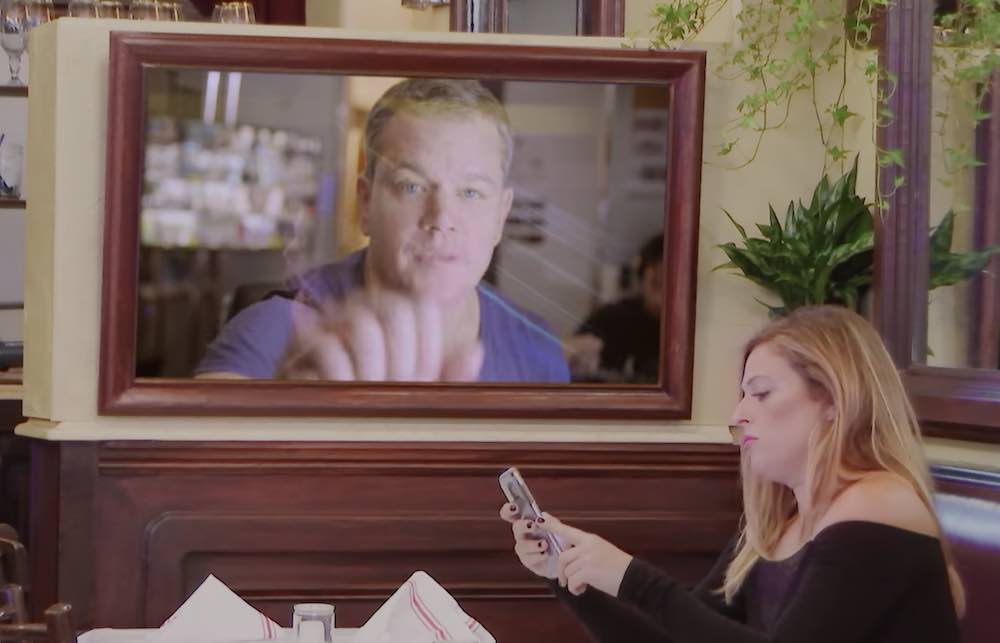



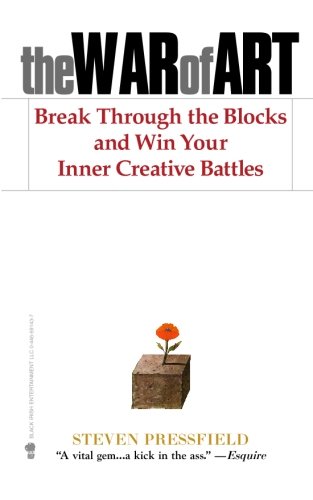




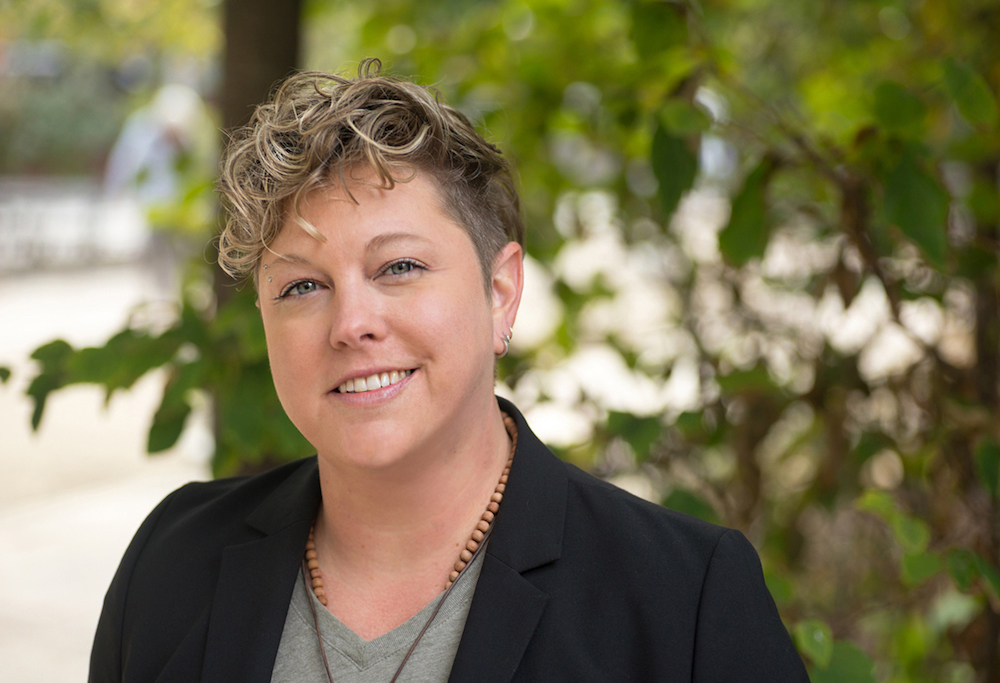




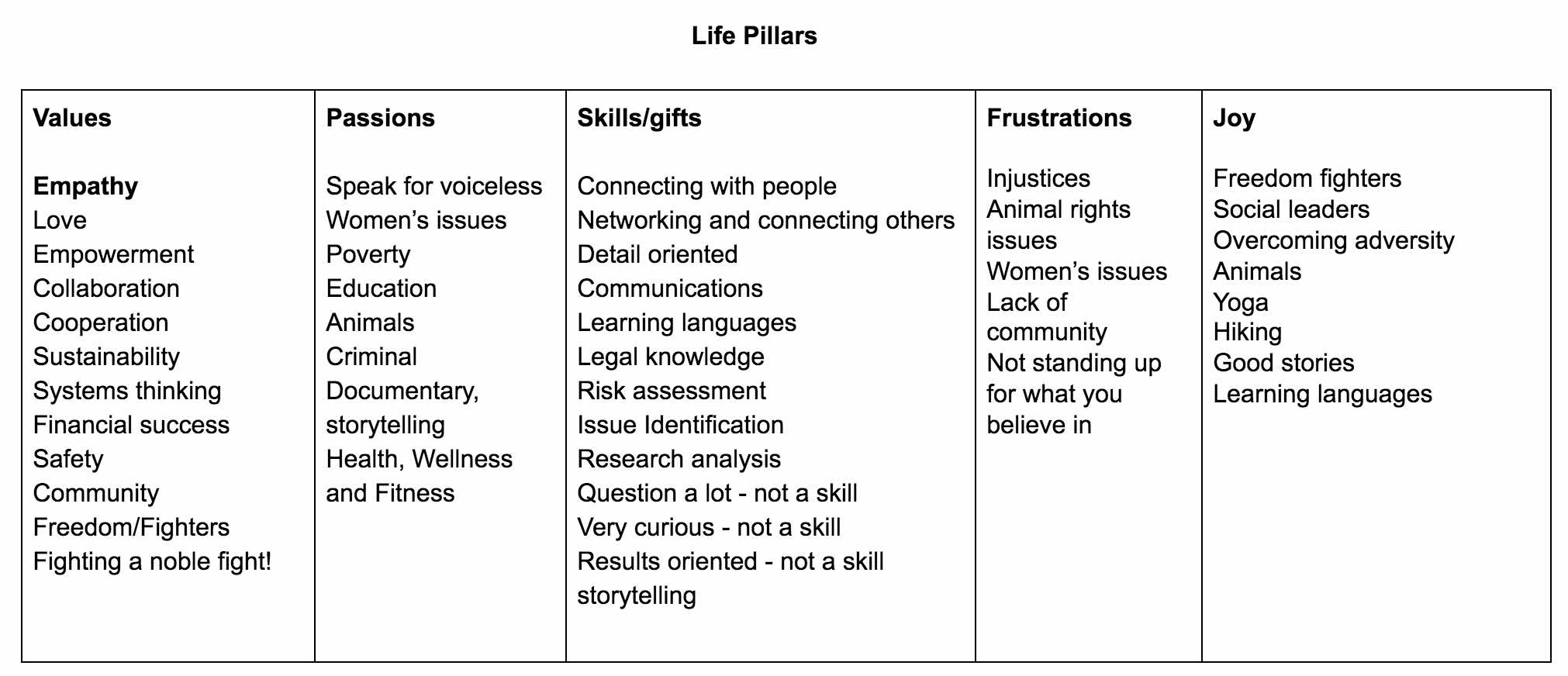
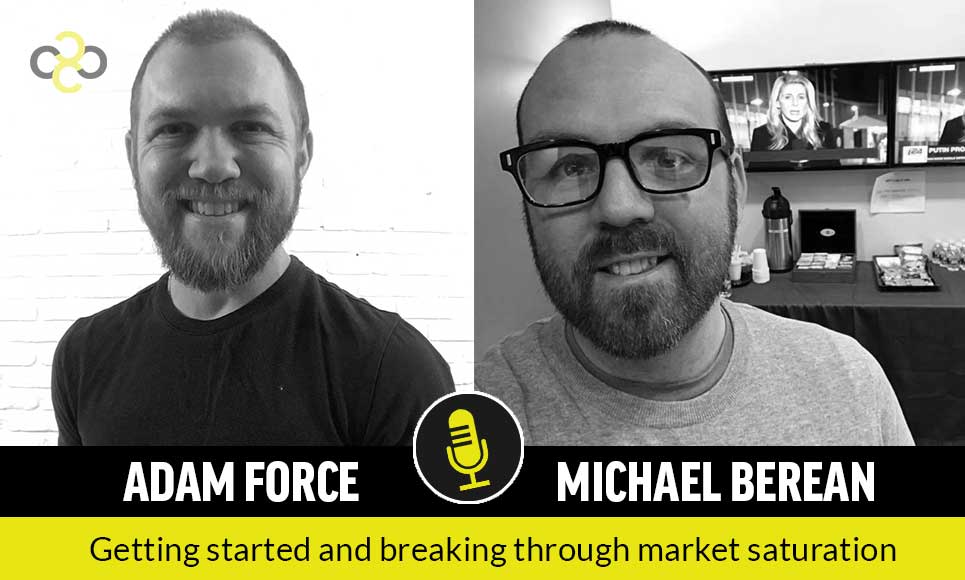




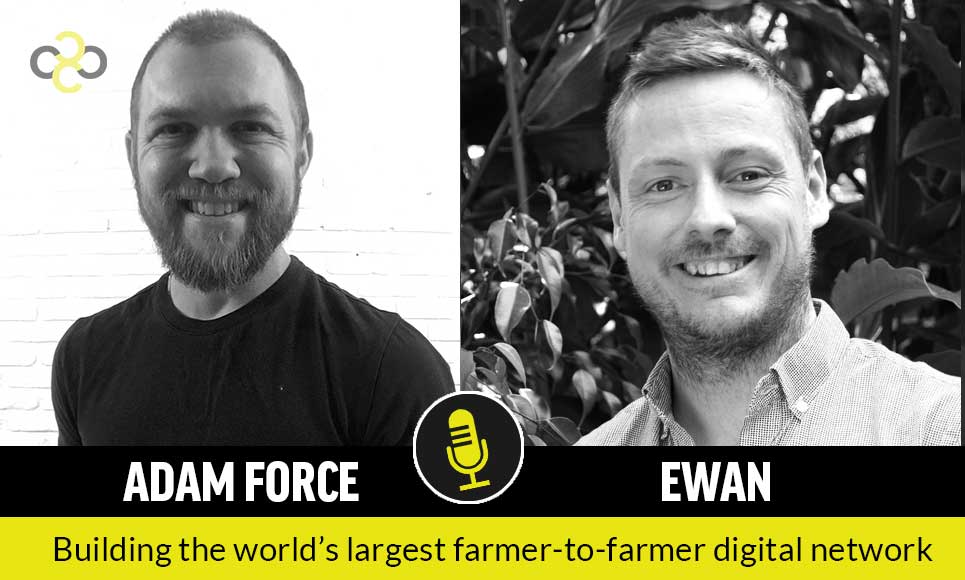


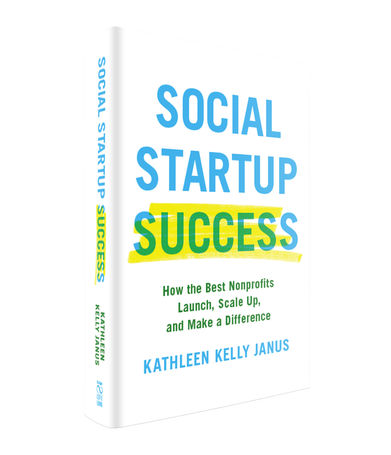

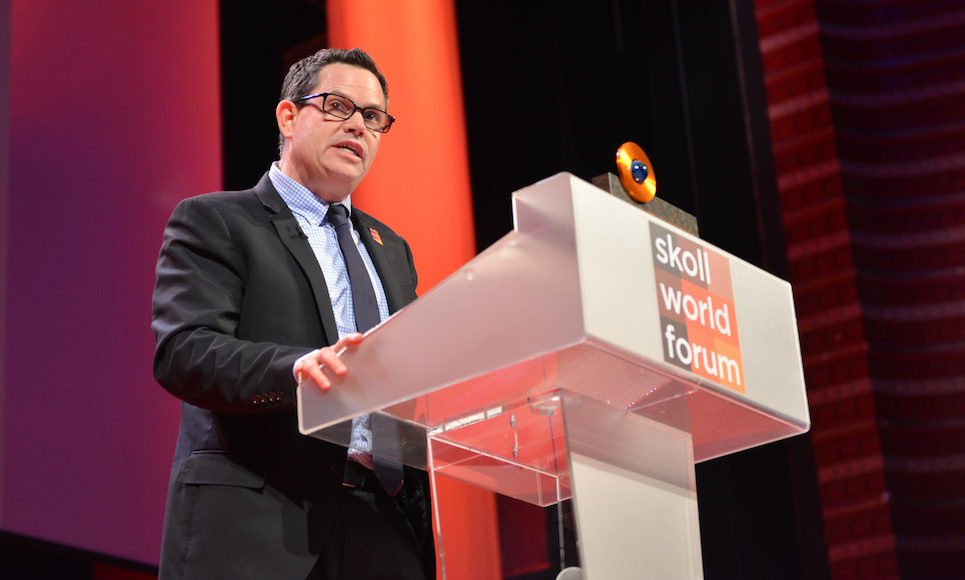
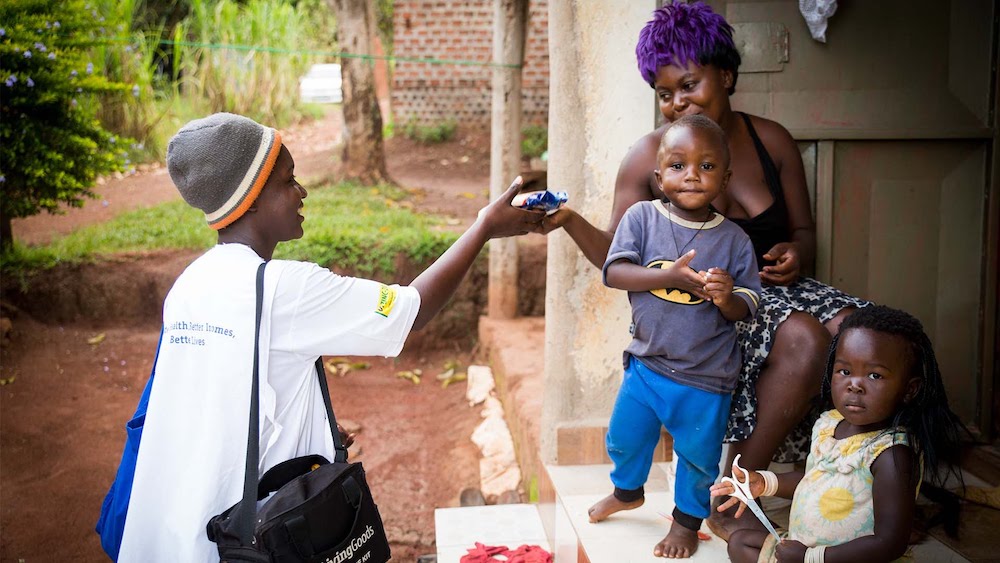






 Turn Existing Businesses Into Social Enterprises
Turn Existing Businesses Into Social Enterprises



